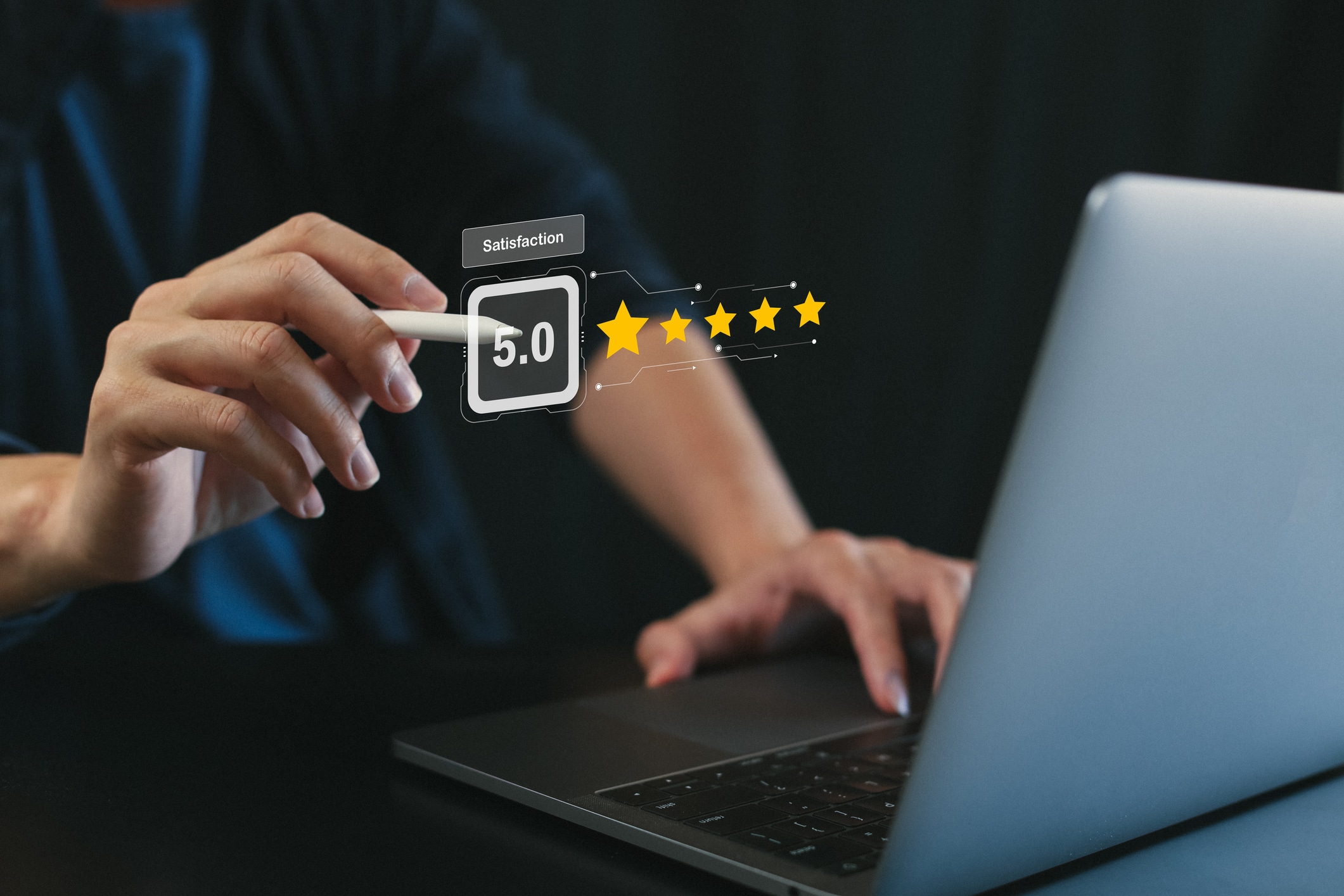What is a Data Product – A Fundamental Concept of Data Mesh
Actian Corporation
September 4, 2023

In recent years, the evolution of data management practices has led to the emergence of a transformative concept known as Data Mesh. This paradigm shift challenges traditional centralized approaches by advocating for a distributed and domain-oriented strategy for data architecture.
At the heart of the Data Mesh philosophy lies the concept of Data Products – self-contained, domain-specific datasets curated and managed by individual teams. These Data Products are emerging as a transformative concept, enabling companies to harness the vast potential of their data.
In this article, learn everything you need to know about Data Products.
A Data Product is a digital product or service that integrates and exploits data meaningfully to deliver added value to its users. It typically combines raw data, analytics, algorithms, and interactive features to offer information, recommendations, or specific actions based on data.
Data Products can take many forms, such as interactive dashboards, applications, recommendation systems, predictive analysis tools, and many others. The Data Product is designed to facilitate decision-making, automate tasks, and improve the user experience – all by exploiting all available data as effectively as possible.
By adopting a Data Mesh architecture, organizations can improve the management and exploitation of their Data Products, encouraging a more agile, scalable, and collaborative approach to the way data is processed and used to create business value.
What are the Key Characteristics of a Data Product?
Data Products enable companies to better understand their data, make better decisions, and improve performance. The expectations linked to the use of a Data Product vary according to the company, the product, and the users. However, the main challenge is to generate value for users.. As such, the Data Product must be intuitive and accessible, but the quality of the data it contains must be at the center of all attention.
To guarantee internal trust, as well as compliance, the data used in the Data Product must be secure and well documented. In addition, a Data Product is generally autonomous, meaning that it is managed by a dedicated team, responsible for all stages of the product life cycle. Finally, a Data Product must also be scalable. It must be able to adapt to changing user needs and new technologies.
Data Product: Some Use Cases
One of the uses of a Data Product is for instance the creation of an interactive sales tracking dashboard that uses your sales data to display real-time performance, analyze trends, or visualize revenues generated by product or region, etc. It enables your sales managers to make informed decisions and identify opportunities for improvement.
Data Products can also be used to analyze customer behavior on an e-commerce platform to suggest relevant, personalized products based on their preferences and purchase history.
Similarly, a Data Product that uses sales history and other relevant data to predict future demand for a product, will enable you to better plan production and inventory. Because it monitors data from a system or process in real time, a Data Product can be used to detect anomalies or unusual behavior, enabling you to react quickly to potential problems.
What are the Benefits of Data Products for a Company?
Data Products provide relevant information and analysis, enabling you to make more informed decisions based on concrete data. The native automation associated with the Data Product concept is also your best promise of time and resource savings. Data Product also enables you to look to the future by providing information on customer needs, market trends, and gaps in existing products. You can base your innovation roadmap on the anticipated needs of your targets.
Subscribe to the Actian Blog
Subscribe to Actian’s blog to get data insights delivered right to you.
- Stay in the know – Get the latest in data analytics pushed directly to your inbox.
- Never miss a post – You’ll receive automatic email updates to let you know when new posts are live.
- It’s all up to you – Change your delivery preferences to suit your needs.
Subscribe
(i.e. sales@..., support@...)













